Hello, tribe! Welcome back to the Millennial Doc podcast! I am so excited about this episode because my husband, Dr. Eddy, is joining me once again to clear up some common misconceptions about dermatology!
Too often, our voices as professional dermatologists are drowned out by non-experts and social media influencers. It seems like everywhere you look, someone is promoting a skincare product, routine, or procedure that will magically make your skin perfect and beautiful. There’s a lot of confusing and conflicting information out there, and Dr. Eddy and I want to clear some of that up for you today!
In this episode, we’re going to be sharing clear and concise explanations of a number of dermatological treatments and procedures. At the end of the episode, you’ll have a basic understanding of everything from chemical peels to dermabrasion to Botox. Our hope is that this information helps you to gain clarity about the different dermatological treatments that are out there and how the right ones can help you achieve the health and cosmetic results you desire.
At the end of the episode, Dr. Eddy and I are going to comment on an article that was recently published in the medical journal Plastic and Reconstructive Surgery. The article is titled, “Board Certification in Cosmetic Surgery: A Evaluation of Training Backgrounds and Scope of Practice,” and the writers claimed that dermatologists are not fully-qualified to perform various dermatological surgical procedures. Dr. Eddy and I just wanted to offer our thoughts on that, so we’ll do that briefly at the end.
But first, let’s talk about some of the most common dermatological treatments! I’m going to divide these into two sections: Treatments we generally use for the face (though some can be used on other areas of your skin) and treatments we use for a variety of other skin problems such as varicose veins and even skin cancer. As always, if you have any questions about any of these, you can leave a comment below or reach out to me on Instagram, @drnikoleta. Now, without any further ado, let’s go!
Let’s Talk About Our Faces
The skin on our faces is some of the most delicate skin on our bodies. And let’s face it — life is not always gentle on our faces. They are constantly exposed to makeup, sunlight, and other potentially harmful things. That’s why it’s important to take good care of our faces, and it’s also why dermatologists have come up with a number of wonderful procedures to help us look youthful and healthy!
Here are a few procedures that help specifically with common skin problems we find on our faces (or near our face!):
#1: Chemical Peels — A chemical peel is a simple procedure that a dermatologist can perform in a clinic. Put simply, your doctor will use a solution of alpha-hydroxy and beta-hydroxy acids and apply those to your skin. Chemical peels exfoliate the skin, help with oil reduction, and can even help diminish fine lines!
#2: Soft Tissue Augmentation — Soft tissue augmentation — often referred to as “filler” — is the popular treatment where a filler or even fat is transferred to enhance certain areas that have become less volumized over time. Many people have soft tissue augmentation done on their cheeks or smile lines to reduce the appearance of wrinkles and achieve a soft, round, youthful look.
#3: Botulinum Toxin — Otherwise known as Botox, this is a chemical procedure in which your dermatologist will inject certain muscles that produce movement in your skin. These injections temporarily inhibit movement in those muscles so that your skin has time to repair lines or wrinkles. It’s necessary to have Botox redone periodically to maintain the effect over time, but it can help you achieve wrinkle-free skin.
#4: Blepharoplasty — This is a procedure done around the eyelid area. As we get older, our eyelids tend to become fuller and the skin will sag. Sometimes, that can actually cause impairment of vision, and other times it’s simply considered cosmetically unappealing. Blepharoplasty is a small procedure a dermatologist can perform to eliminate some of the extra tissue to improve the cosmetic appearance and correct any vision impairment.
#5: Hair Transplantation — (Not technically on the face, but close by!) Hair transplantation is the simple procedure of taking hair from denser areas of the head and moving it to more thinly covered areas such as the top of the scalp or around the hairline. This can reduce the appearance of hair thinning and allow for a fuller, more volumized look.
But There Are Other Skin Procedures, Too!
Our faces are important, and dermatologists have invented many amazing ways to treat the problems that commonly arise on them! But there are plenty of other skin conditions too, and dermatologists are just as creative and resourceful when it comes to dealing with a wide variety of skin issues. Here are a few more procedures we can perform:
#1: Cryosurgery — Cryosurgery is the simple process of using a cold liquid gas called liquid nitrogen to freeze various skin lesions. This helps us destroy and remove cancerous tissues or warts.
#2: Dermabrasion — Dermabrasion is another procedure dermatologists use to remove certain growths from the skin. We can use specific blades to remove tissues like scars that we want to refine. Sometimes we can even use a process called microdermabrasion in which we can use suction to eliminate clogged pores. Additionally, there’s a process called dermablading, which allows us to use a blade to exfoliate the skin.
#3: Electrosurgery — Just like the name suggests, electrosurgery is the process of using a device that produces an electric current that can be used to burn away or destroy certain tissues. This is useful for removing harmful skin growths as well as cutting tissues and stopping bleeding during more invasive surgical procedures.
Those are three very simple and commonly used procedures that help dermatologists remove skin lesions. Things like warts that cause pain or are cosmetically unappealing or even pre-cancerous lesions (like actinic keratoses) can be totally removed this way. However, we’re not done yet!
Here are a few more common dermatological procedures that address other problems we can encounter when it comes to our skin:
#1: Tumescent Liposuction — Put simply, liposuction is the process of removing certain pockets of fat. Typically, the dermatologist will create small tunnels in the fatty areas under the skin and use a suction device to breakdown and remove fat cells. Those areas will then be better contoured and remove volume that you don’t want.
#2: Laser Surgery — Laser surgery is a wide umbrella all by itself! There are various types of lasers and various procedures dermatologists can perform with them. Dermatologists can perform laser surgeries to remove tattoos, perform facial rejuvenation, and treat vascular lesions, among other treatments.
#3: Phlebology — Phlebology is a procedure that allows us to eliminate varicose veins. When the veins in our legs become incompetent, or stop functioning as well as they should, they become visible. In that case, a dermatologist can use an ultrasound to map out the veins and use lasers to remove some of the deeper-down veins. A dermatologist can also make a small incision and remove parts of the veins or perform a procedure called sclerotherapy, where a solution is applied to the vein to cause the vein wall to collapse. The body will then reabsorb the collapsed vein, and the patient will no longer have visible varicose veins.
#4: Micrographic Surgery — Micrographic surgery is an incredible advancement in the way we remove certain skin cancers. A dermatologist can identify the skin that has been biopsied and proven to be cancerous, remove a tiny part of it, and view it under a microscope. From that, while the patient waits in the office, the dermatologist can determine the size of the tumor and make more small incisions until the entire tumor is removed. This way, we sacrifice a minimal amount of tissue while removing the cancerous growth from the skin.
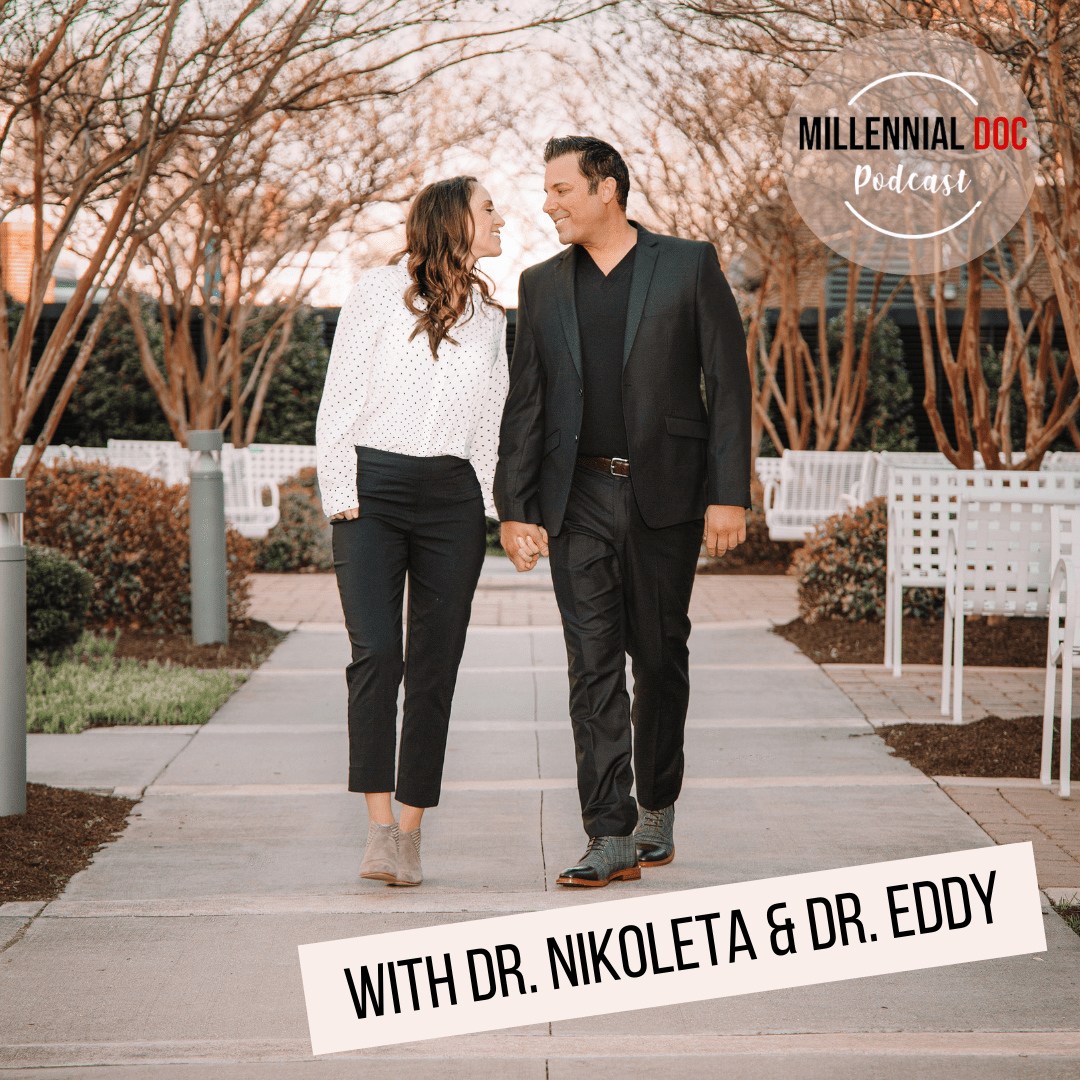
Explaining Dermatologists’ Qualifications
Now that we’ve given you a little bit of information about the various procedures and treatments that board-certified dermatologists can perform, I want to share Eddy’s and my thoughts on the recently published article that I mentioned earlier. The published article, titled “Board Certification in Cosmetic Surgery: A Evaluation of Training Backgrounds and Scope of Practice,” claimed that dermatologists are not adequately trained to perform such procedures like those I listed today. However, we have to respectfully disagree.
Part of the confusion comes from the name itself for the various board certifications. The American Board of Plastic Surgeons certifies physicians that complete an accredited plastic surgery residency. The American Board of Cosmetic Surgeons (ABCS) certifies physicians who complete other surgical specialties and now want to change their focus to complex aesthetic procedures. To become certified by the ABCS, physicians must complete a full-time fellowship training program lasting an additional 1 to 2 years as well as take the ABCS exam. However, some ABCS certified physicians may market themselves as board-certified cosmetic surgeons even though they may perform procedures outside the scope of their primary residency training, e.g. internists. Patients may not understand the scope of a physician’s training experience and qualifications if they only rely on ABCS certification.
The article went on to say that physicians such as board-certified dermatologists who may decide to obtain an additional ABCS certification lack comprehensive training in principles of aesthetics and cosmetic surgery procedures, such as training in non-invasive modalities such as injection of neurotoxins & fillers, laser skincare, chemical peels, and other minor cosmetic surgical treatments.
However, the truth is that dermatologists go through intensive training to be certified by the American Board of Dermatology which requires knowledge and skill in many cosmetic procedures. Many dermatologists go on to complete additional fellowship training for 1-2 years after passing their dermatology board certification exam. Dr. Eddy and I agree that dermatologists are highly trained and qualified to perform the treatments we discussed above.
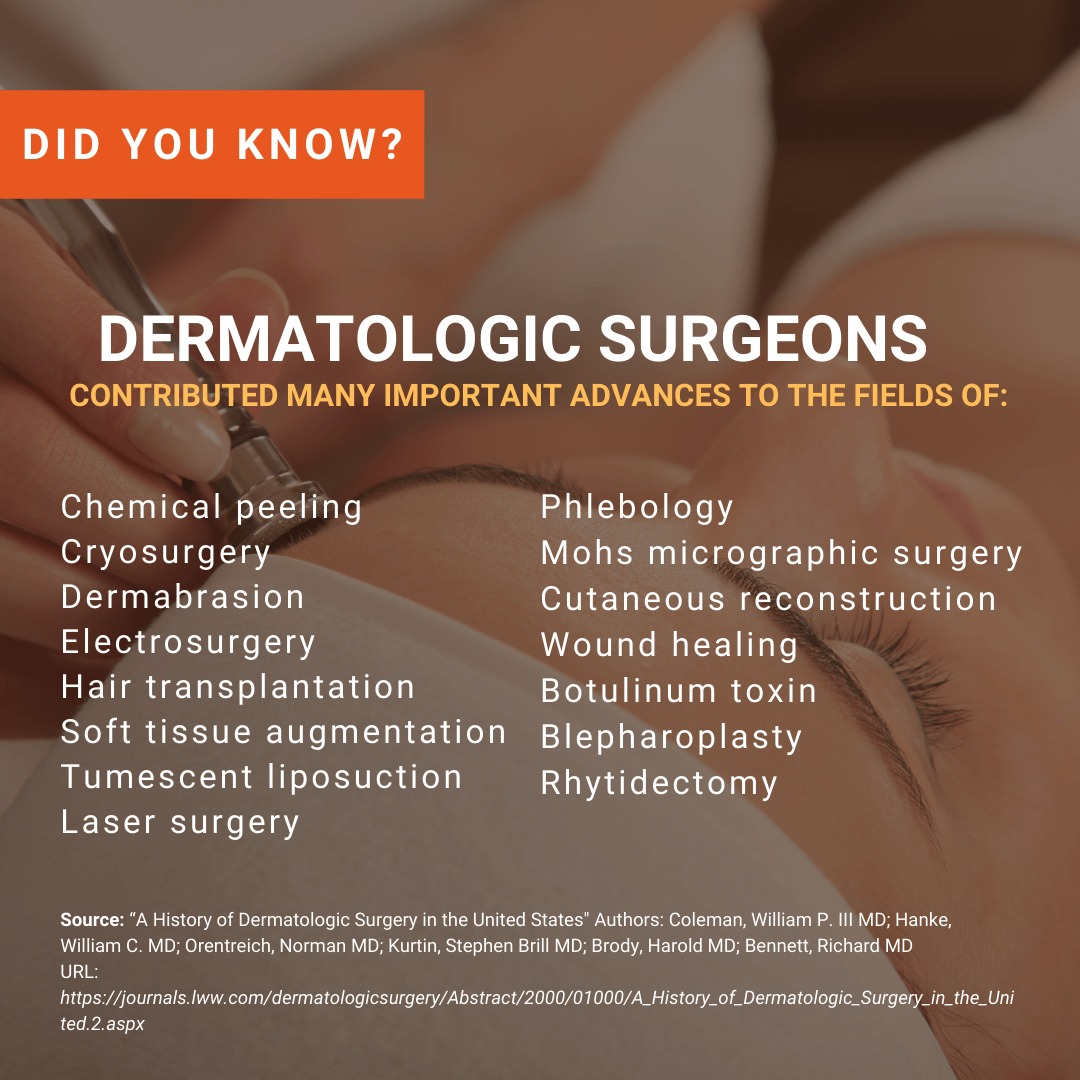
Any Dermatology Questions? Let Me Know!
I hope you enjoyed learning about some common skin procedures today! I also hope that this episode cleared up some confusion for you. If you have any questions you’d like to ask, please reach out to me! Leave a comment below or tag me on Instagram, @drnikoleta, with a screenshot of the episode and your questions or comments — I’d love to hear from you!
Additionally, I would appreciate it very much if you would subscribe and give me a five-star rating and review on Apple Podcasts. Your reviews truly help this podcast find new listeners, and we’re always working to bring new people into this community! And speaking of, take a moment to check out the Millennial Doc community on Facebook! This is a wonderful place for like-minded healthcare professionals to meet and support each other.
I want to leave you today with these words from Dr. Eddy because I think they beautifully sum up why we love working in dermatology:
“I think it’s wonderful that we’re in the field that can produce so much happiness to patients … if we’re able to correct some of their concerns. … And to all my plastic surgery friends too! … I work with them hand-in-hand. … They will refer some patients to me for certain things, I will refer some patients to them for certain things, and that collaborative work is, I think, where medicine really shines well.” – Dr. Eddy Prodanovic
Dermatology really is an incredible field. We get to work together to create treatments that bring health and happiness to our patients. I’m so thankful to be a dermatologist!
Until next time — I love you all! Until next time, love your skin and Step Out with Confidence®!

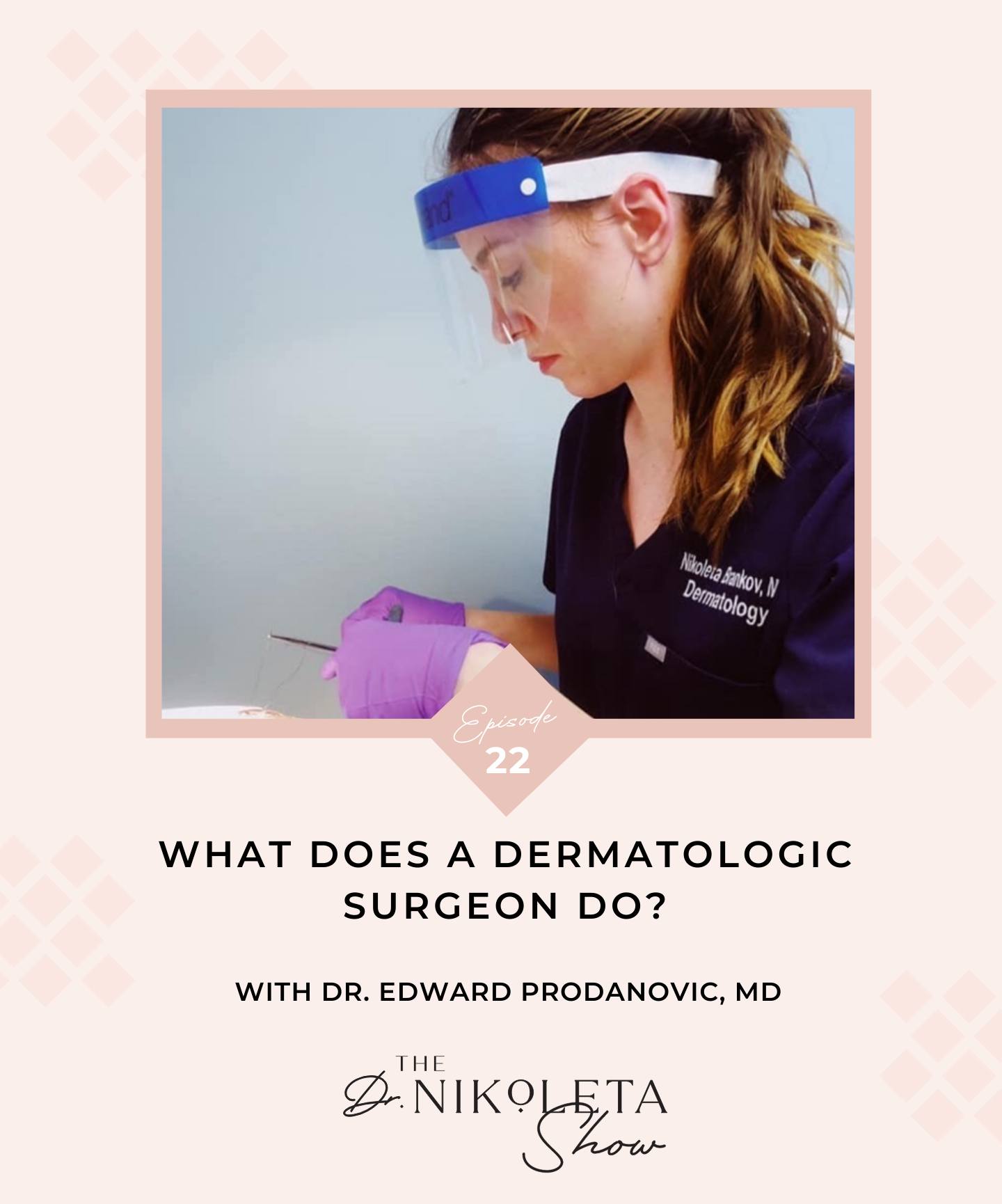

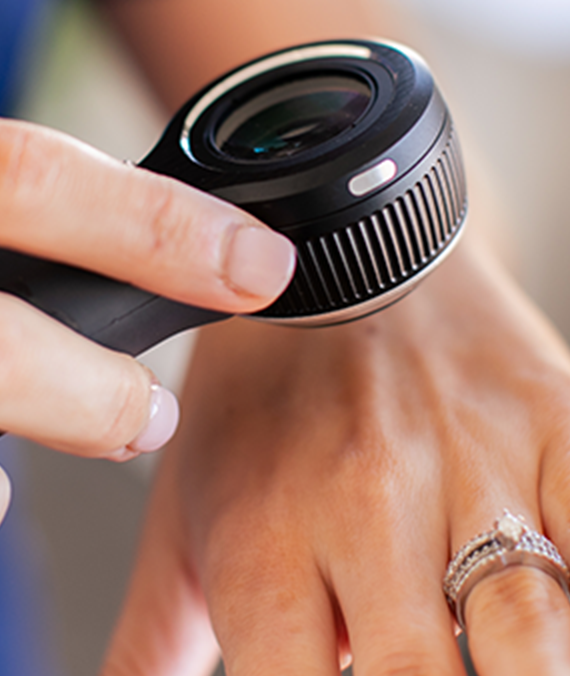

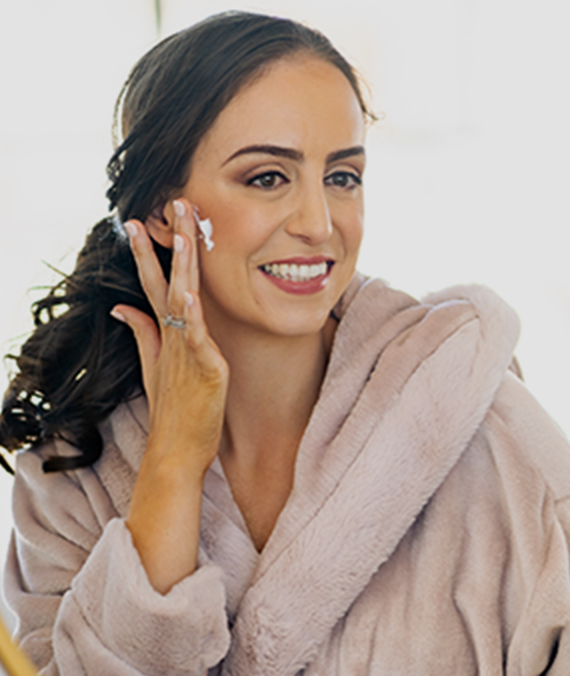
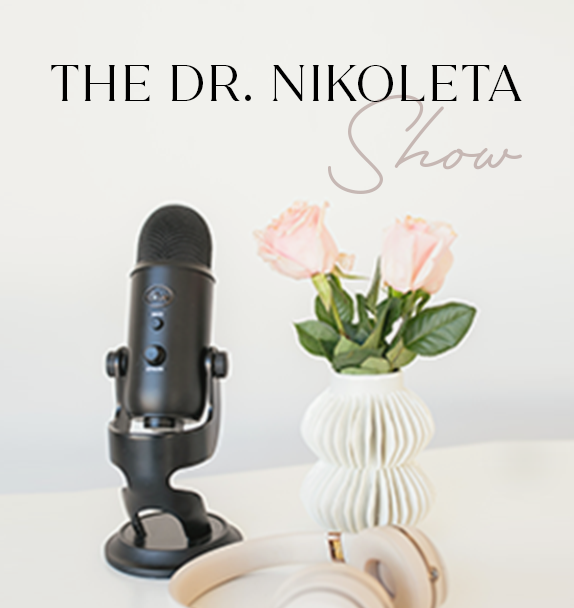
Stay in the know
Dropping in with weekly self-love affirmations, inspo, and skin secrets from Dr. Nikoleta created with YOU in mind.